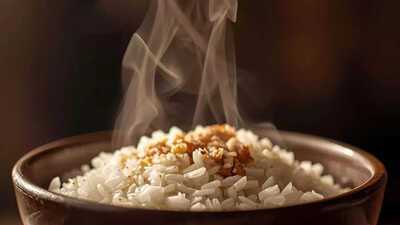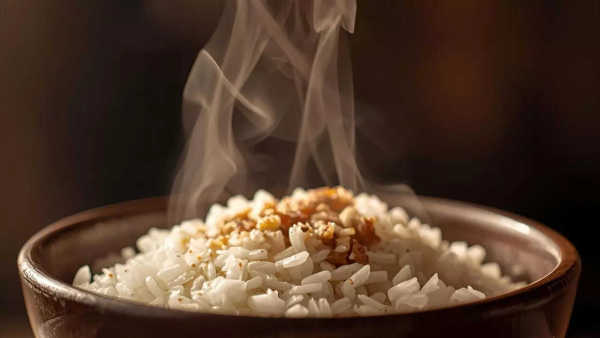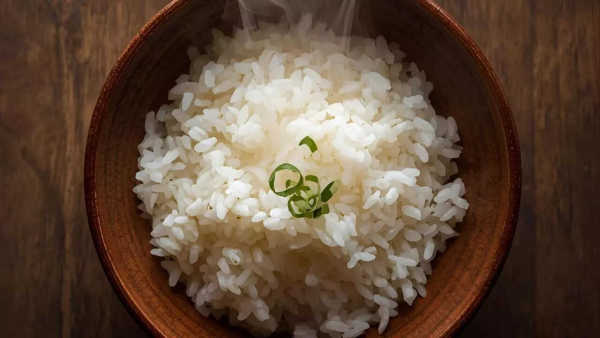
That steaming plate of biryani or comforting dal-chawal might look perfect, but have you ever wondered if the rice on your plate is truly pure? Fake rice is no longer just an urban myth; it has quietly crept into kitchens, affecting taste, texture, and most importantly, health. From cheap synthetic rice made of plastic to grains mixed with starch or tiny stones, the threat is real and often invisible.
According to a , a significant number of rice samples tested in markets showed signs of adulteration, raising serious food safety concerns. The good news? You don’t need expensive lab equipment to protect your family. With a few simple tricks using water, fire, and even your hands, you can detect fake rice before it reaches your cooking pot.
In this guide, we’ll show practical, easy-to-follow methods, explain why adulterated rice is harmful, and share tips to ensure the rice you cook is 100% genuine. Make every meal safe, tasty, and nourishing with these quick home tests.
Why fake rice is a growing concern
Rice is a staple in many households, but the rise of adulterated rice poses serious health risks. Fake rice often contains harmful substances like plastic, starch, or chemicals that can lead to digestive issues, toxicity, and long-term health problems. The FSSAI's 2023 study highlights the prevalence of such adulteration, emphasizing the need for vigilance.
Common types of rice adulteration

- Plastic rice: Manufactured using synthetic materials, plastic rice resembles real rice but lacks nutritional value and poses health risks when consumed.
- Starch-coated rice: Grains are coated with starch to increase weight, making them appear more substantial than they are.
- Stone or foreign particles: Small stones or other foreign materials are mixed with rice to add weight, posing choking hazards and contamination risks.
Simple home tests to detect fake rice

Water test
Place a few grains of rice in a glass of water. Genuine rice will sink to the bottom, while plastic rice may float due to its lighter density.
Fire test
Take a few grains and burn them. Real rice will burn with a natural smell, whereas plastic rice will melt and emit a chemical odor.
Touch and feel test
Rub a grain between your fingers. Authentic rice feels rough and firm, while fake rice may feel smooth or waxy.
Cooking test
Cook a small amount of rice. Real rice will swell and become soft, whereas fake rice may remain hard or become sticky.
Tips to buy safe rice
- Choose trusted brands: Opt for well-known brands with a reputation for quality.
- Check certifications: Look for FSSAI or ISO certifications on packaging.
- Avoid loose rice: Purchase rice from reputable stores rather than loose rice from local vendors.
How to protect your family from fake rice
- Educate your family: Inform your family members about the risks of adulterated rice and the importance of buying from trusted sources.
- Regularly test rice: Make it a habit to perform the simple tests mentioned above before cooking.
- Report suspicious products: If you encounter adulterated rice, report it to local food safety authorities to prevent others from being affected.
Ensuring the purity of the rice you consume is crucial for your health and well-being. By conducting simple home tests and being vigilant about where you purchase your rice, you can protect yourself and your family from the dangers of adulterated rice. Stay informed, stay safe, and make every meal a healthy one.
Disclaimer: This article is for general informational purposes only and is not a substitute for professional medical advice, diagnosis, or treatment. Always seek the guidance of a qualified healthcare provider regarding any medical condition or lifestyle change.
Also read|
-
US company defies Trump's tariffs, will invest $1 billion in India.

-
Instructions to cancel Xbox Game Pass and change your subscription on console, desktop and mobile

-
Toll Tax Update - Pay via UPI if you don't have a Fastag, you won't be charged double.

-
Reece James injury update after Chelsea captain withdraws from England squad

-
Rachel Reeves on brink as Budget goes up in smoke - everything's 'on fire!'
